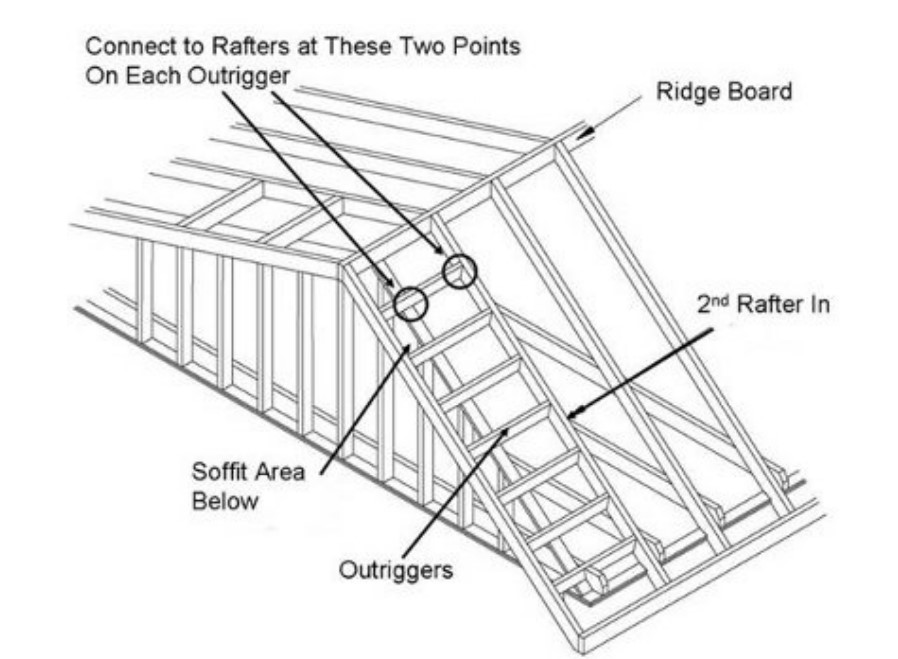
Introduction
Gable end roofing is a fundamental aspect of architectural design, blending both form and function seamlessly. Understanding its essentials is crucial for homeowners, architects, and builders alike. Let’s delve into what you need to know about gable end roofing.
Defining Gable End Roofing
At its core, a gable end roof is characterized by its triangular shape, formed by two sloping roof sections meeting at a ridge. This classic design not only provides aesthetic appeal but also offers practical benefits such as efficient rainwater drainage and ample attic space.
Structural Components
To grasp the essentials of gable end roofing, one must familiarize themselves with its key structural components. These include the ridge, which forms the apex of the roof, along with the gables – the vertical triangular walls at each end of the roof. Additionally, there are the rafters, which support the roof’s weight, and the eaves, providing overhang and protection.
Advantages of Gable End Roofs
Gable end roofs boast several advantages that contribute to their widespread popularity. Their simple design allows for effective ventilation and natural light, making them ideal for various climates. Moreover, the steep pitch of gable roofs facilitates efficient rain and snow runoff, minimizing the risk of water damage.
Design Flexibility
One of the most appealing aspects of gable end roofing is its versatility in design. Whether you prefer a traditional, symmetrical gable roof or a more contemporary variant with asymmetrical gables, the possibilities are endless. This flexibility enables homeowners to tailor their roofs to suit their aesthetic preferences and architectural style.
Materials and Construction
When it comes to materials, gable end roofs offer a wide array of options, ranging from traditional choices like asphalt shingles and cedar shakes to more modern alternatives such as metal roofing panels. Each material brings its own unique aesthetic and performance characteristics to the table, allowing for customization to meet specific needs and preferences.
Considerations for Installation
Proper installation is paramount to the longevity and performance of a gable end roof. Factors such as roof pitch, wind exposure, and local building codes must be carefully considered during the planning and construction phases. Additionally, hiring a qualified roofing contractor with experience in gable end roofing is essential to ensure a successful outcome.
Maintenance and Upkeep
Like any other roofing system, gable end roofs require regular maintenance to preserve their integrity and appearance. This may include tasks such as cleaning gutters, inspecting for signs of damage or deterioration, and replacing worn or damaged roofing materials as needed. By staying proactive with maintenance, homeowners can extend the lifespan of their gable end roofs and avoid costly repairs down the road.
Energy Efficiency Considerations
In today’s eco-conscious world, energy efficiency is a top priority for many homeowners. Fortunately, gable end roofs can be optimized for energy efficiency through proper insulation, ventilation, and the use of reflective roofing materials. These measures not only reduce energy consumption and utility costs but also contribute to a more comfortable indoor environment year-round.
Conclusion
In conclusion, gable end roofing offers a timeless blend of beauty, functionality, and versatility. By understanding its essentials and considering key factors such as design, materials, installation, and maintenance, homeowners can make informed decisions that result in a durable, attractive roof that enhances the overall value and appeal of their home. Read more about gable end roof
